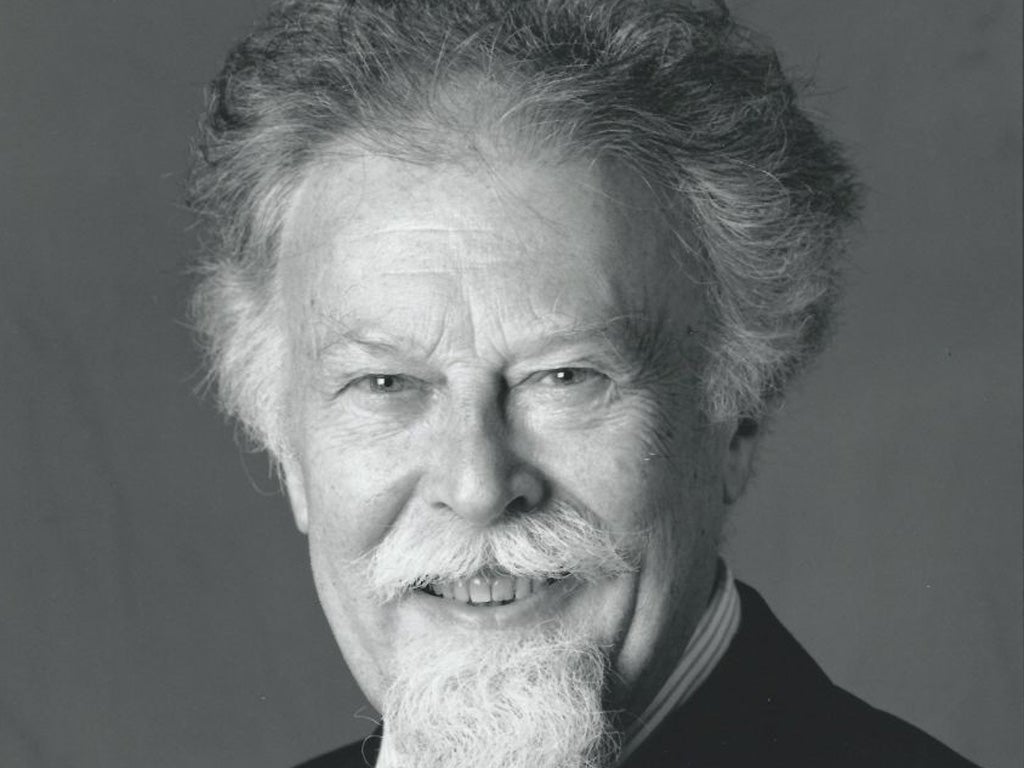John Munday: Respected curator at the National Maritime Museum

When the full history of British national museums in the 20th century is written, the late 1960s and '70s may seem rather a golden age.
Grants-in-aid improved and anyone who began as a young subject specialist was likely to learn their trade under senior curators whose varied experience, including war service, enriched their role as mentors. John Munday was one such, of wide and curious knowledge, and engaging brio to match.
His originally dark-bearded bohemian style suggested Whistler and artistic 1890s Chelsea but his milieu was eastwards, at the National Maritime Museum in Greenwich. There he eventually became a greyer but still debonair "Lord High Everything Else" other than pictures, shipping and navigational collections, as Keeper of its eclectic Department of Weapons and Antiquities – "W&A".
Born in 1924 in Portsmouth, Munday left the Northern Grammar School in 1940, becoming an assistant in the City library until drafted into the Navy in 1942. Only briefly afloat in a minesweeper, he served mostly in operational support in southern Italy. Commissioned Sub-Lieutenant RNVR in 1944, he was demobilised in 1946 after a final stint at Portsmouth in HMS Victory, which was (and is) the flagship there.
He then trained in fine art and in 1950 gained a Durham BA at King's College, Newcastle, where he was taught by Roger de Grey – later President of the Royal Academy – and met his future wife. In 1951 he came to Greenwich as Assistant Keeper in charge of the NMM Library, where he developed an interest in naval uniform and illustrated books.
The latter led to his introduction to descendants of the restless and scientifically inclined marine artist EW Cooke RA, FRS (1811– 80), on whom he worked for nearly 40 years; first for an MA at Durham in 1961 and eventually for a magnificently illustrated full study (1996) based on Cooke's diaries and vast surviving output, a range of which he helped acquire for the NMM. In 1964, having only done one library exhibition, on Seaborne Mail (1960), he became its Curator of Presentation, a trial post with a brief to enliven hitherto staid historical displays.
With few resources, his visual flair and talent for telling stories through imaginative associations of diverse items proved a success. Highlights included exhibitions on charts, lifesaving and Admiralty silver oar-maces (both with publications), and tea-clippers. From 1968, with Basil Greenhill as the new Director driving full redevelopment of the Museum galleries, Munday's role expanded to running all display and design services, including early experimental refurnishing of the 17th-century Queen's House.
In 1971, when "W&A" was formed, he was appointed to head it (becoming Keeper in 1979), again with a strong display brief, initially concentrated on new 19th and then 18th century naval galleries, though also making many acquisitions, notably of ceramics. While often under pressure, his staff were invariably cheerful, since he was ever-encouraging, trusted and treated them as allies and friends rather than subordinates. In 1972 he was elected FSA and from 1979-84 – when he became Curator Emeritus on retiring – he was Secretary of the Society for Nautical Research. From 1980 and 1985 both the SS Great Britain and the Victory also benefited from his presence on their advisory committees.
Munday drew and painted all his adult life. He illustrated two booklets on swords and firearms, and his own Heads and Tails: the Necessary Seating – an entertainingly arcane essay on lavatorial arrangements in the sailing Navy (for a colleague's festschrift in 1978). He painted original portraits, but he was also a skilled copyist of historical ones and of marine subjects: copies by him of early marine works at Greenwich are in the maritime museums at Barcelona and Lisbon.
One of Admiral Duncan (after Raeburn) is in the Trafalgar Tavern at Greenwich, where he lived before it was re-converted from flats into a pub in the late 1960s. He and his wife made an art of improving derelict houses, notably their first large 18th-century one in Rochester. They only "went modern" in Hampshire long after retirement, but enjoyed travel, and until age limited range also had a house in the US, where their sons settled.
John Munday, museum curator and artist: born Portsmouth 10 August 1924; married 1953 Brenda Warden (two sons); died Alresford, Hampshire 20 April 2012.
Subscribe to Independent Premium to bookmark this article
Want to bookmark your favourite articles and stories to read or reference later? Start your Independent Premium subscription today.

Join our commenting forum
Join thought-provoking conversations, follow other Independent readers and see their replies